Sustainable Development
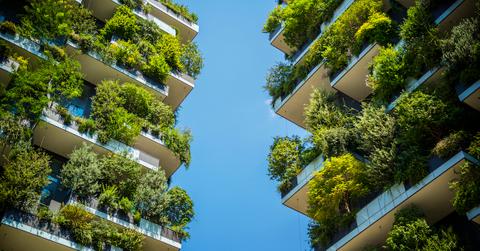
What Is Sustainable Development?
As the United Nations first defined the term in 1987, sustainable development is “development that meets the needs of the present without compromising the ability of future generations to meet their own needs.” It is also commonly defined as “economic development that is conducted without depletion of natural resources,” according to The Green Connection.
People often only consider economics when growing businesses, buildings, cities, etc, without considering how sustainable their actions are in other ways — for example, in terms of the climate, the overall economy, equality, public health, the community, and more. Sustainable development is the idea that we need to consider how actions will affect the future as well as the present, in ways besides economically.
Why Is Sustainable Development Important?
As the Sustainable Development Commission explains, the central goal of sustainable development is to balance the varying needs and limitations that our society faces. This is a challenge because sometimes these goals can conflict with each other. But if we do not work to achieve them, there will be dire consequences — and since respecting the environment is at the core of sustainable development, one of the most significant consequences of unsustainable development is the climate crisis deepening.
What Are the UN’s 17 Sustainable Development Goals?
The UN has 17 Sustainable Development Goals, each of which addresses issues being faced all over the world. The UN has specific targets regarding each goal that it aims to achieve by 2030.
Here are the UN's 17 goals for sustainable development, along with some facts courtesy of the UN:
- No poverty — 783 million people live below the poverty line.
- Zero hunger — 815 million people on Earth are malnourished.
- Good health and well-being — The UN’s central health goals are to improve child health, maternal health, and infectious viruses and diseases like HIV/Aids and malaria.
- Quality education — 57 million children elementary school-aged children are not in school.
- Gender equality — There are still 49 countries that do not have laws protecting women and girls from physical and sexual violence.
- Clean water and sanitation — Poor economics and infrastructure issues have lead to 3 in 10 people worldwide not having access to clean drinking water, according to the UN.
- Affordable and clean energy — 13 percent of people on Earth do not have access to modern electricity, as per the UN.
- Decent work and economic growth — Worldwide, the workforce still favors men over women in many ways.
- Industries, innovation, and infrastructure — A lack of basic infrastructure in developing countries stands in the way of achieving other goals on the list.
- Reduced inequalities — We need more policies to combat the widespread inequalities against children, women, racial minorities, people with disabilities, and developing countries.
- Sustainable cities and communities — This goal is all about allowing cities and communities to grow while respecting the environment, in terms of things such as land, resources, housing, infrastructure, and pollution.
- Responsible consumption and production — Considering the world’s ever-growing population and our exponential need for resources, making sure we are responsibly producing and using our resources is more important than ever.
- Climate action — Since the climate crisis is a global issue, the UN believes that developed nations from all over the world need to work together to help each other as well as help developing countries.
- Life below water — Protecting our oceans (as well as the animals who live in them) is one of the most important things we can do for the planet.
- Life on land — The UN emphasizes the importance of protecting our forests, which cover 30.7 percent of the Earth’s surface, and have so many positive impacts on the environment.
- Peace, justice, and strong institutions — Everything on this list sounds like an issue we need to overcome in order to achieve world peace, but this item is really all about it. To help reduce violence and crime rates worldwide, we need to work to reduce corruption in institutions such as the police and judicial authorities.
- Partnerships for the goals — This goal is all about forging relationships between governments, the private sector, and communities all over the world.
How Can Achieving Sustainable Development Benefit the Earth?
As you can see, many of the Sustainable Development Goals directly address issues related to the Earth and the climate. The UN believes that achieving the targets set by 2030 will significantly help improve those issues, therefore bettering the planet and hopefully curtailing the climate crisis.
How Can We Achieve the Sustainable Development Goals?
The UN has a series of specific targets that will help achieve all 17 goals. The targets are fairly broad, so in order to accomplish them, we need to get legislators all over the world to pass laws regulating sustainable development. It is also important to get corporations to commit to more sustainable business practices. One small yet significant way governments and corporations are doing this is by building LEED certified buildings.
What is LEED Certification for Buildings?
Leadership in Energy and Environmental Design, known as LEED, is a global program that awards buildings with outstanding environmentally-friendly designs. LEED is the most popular green building rating system on Earth, and it takes into account energy-efficiency, resource-efficiency, cost-effectiveness, construction practices, and more when considering buildings for the LEED certification.
Well-known buildings with LEED plaques include: New York’s One World Trade Center and One Bryant Park, China’s Shanghai Tower and Jin Mao Tower, California’s Facebook HQ, and Connecticut’s Yale School of Forestry & Environmental Studies.
While LEED is best known for its building certifications, LEED plaques can also be awarded for green interior design, homes, neighborhood development, and building maintenance practices.
What Is Sustainable Urban Planning?
Another way that governments are helping with sustainable development is via sustainable urban planning, also known as city planning or town planning. City planning is the process of planning and organizing how a city works, including everything from the roads to the buildings to the use of natural resources to public transportation.
According to the University of Texas Arlington (UTA), sustainable urban planning encompasses a variety of professions coming together in order to build and maintain cities and towns with sustainable practices. Those professions include “architecture, engineering, biology, environmental science, materials science, law, transportation, technology, economic development, accounting and finance, and government,” as per UTA.
The fact that so many disciplines need to work together for effective and sustainable city planning sheds some light on why local government work has a reputation for being so slow-moving. Even when bureaucrats have an amazing idea that will make their town more sustainable, they have to go through a lot of red tape before their idea can actually come to fruition.
How Will the Paris Agreement Help With Global Sustainable Development?
The Paris Agreement is a landmark accord that leaders from countries all over the world signed in 2016. The agreement’s main goal is for every nation to work together to keep the Earth’s overall temperature rise below 1.5 degrees Celsius, which would help fight the climate crisis.
What Is Sustainable Infrastructure Development?
According to the International Institute for Sustainable Development, it’s imperative to attain a sustainable infrastructure across governments, as that will “trigger sustainability improvements across a host of industries.” So before we can fully solve issues like hunger, clean water, and proper sanitation, we need to improve infrastructure all over the world.
What Jobs Are There in Sustainable Development?
As the world becomes more and more concerned with protecting the planet for future generations, jobs in sustainable development will only continue to grow. According to Columbia University, work fields related to sustainable development include: public health, city planning, preservation management, environmental laws, government, journalism, public relations, technical writing, community development, education, and corporate social responsibility.
Latest Sustainable Development News and Updates
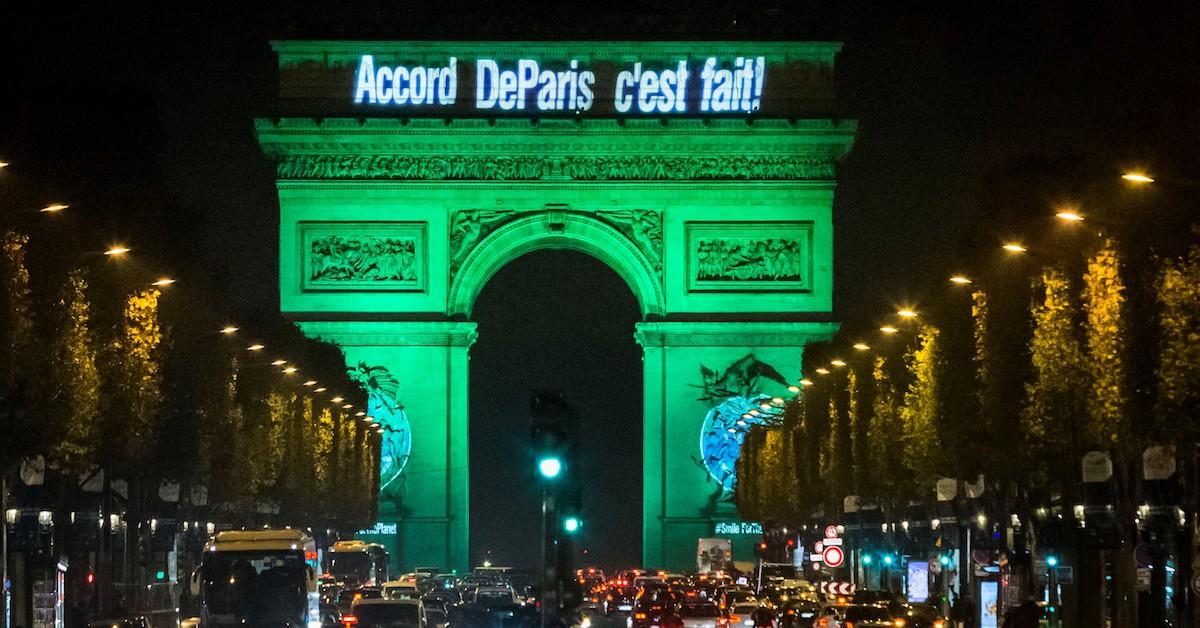
What Is the Paris Agreement? Everything You've Been Wondering About the Landmark Climate Accord
The Paris Agreement is an important agreement signed by countries all around the globe in 2016 — here's what it entails.
Are the Paris 2024 Olympics Saying Au Revoir to Environmental Neglect? Details on the Olympic Village
The Paris 2024 Olympic Village has been deemed a do-good "eco-neighborhood," but what is the real environmental impact of the Olympic Games?
Eco Brutalism: Why the Paradoxical Architectural Style Is so Controversial
Eco brutalism’s environmental message might be clear to some people, but critics are not so sure about how effective it is.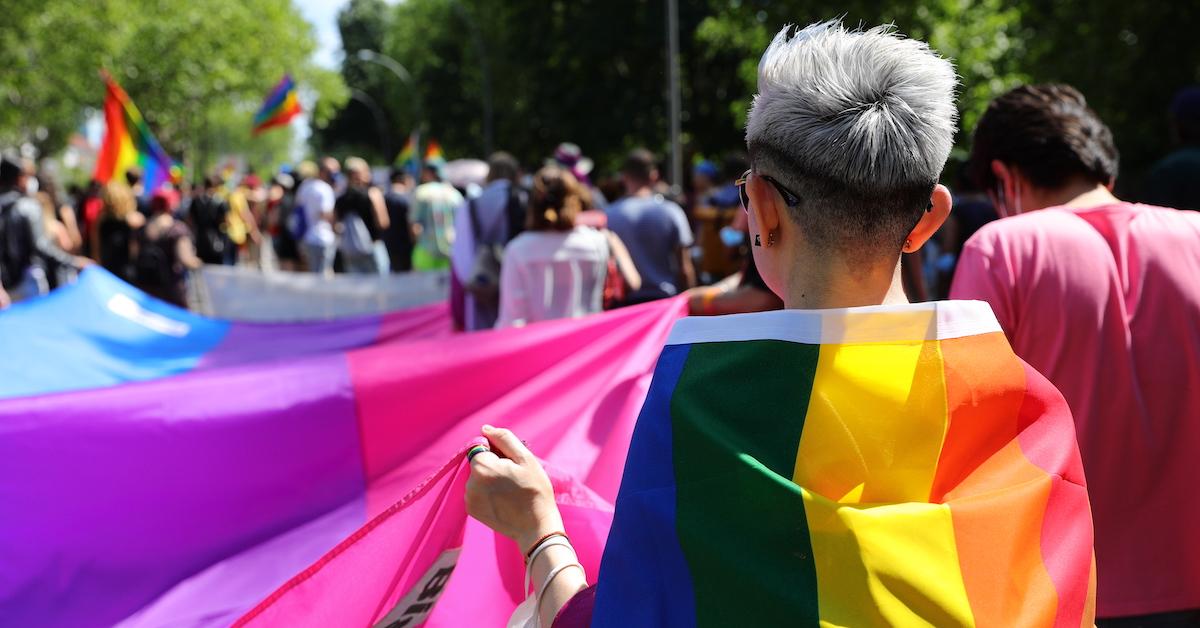
How to Celebrate Pride Month Sustainably — at Work, Parades, and More
We’ve rounded up some tips on how to celebrate Pride Month at work, in ways that could actually create meaningful change within your company.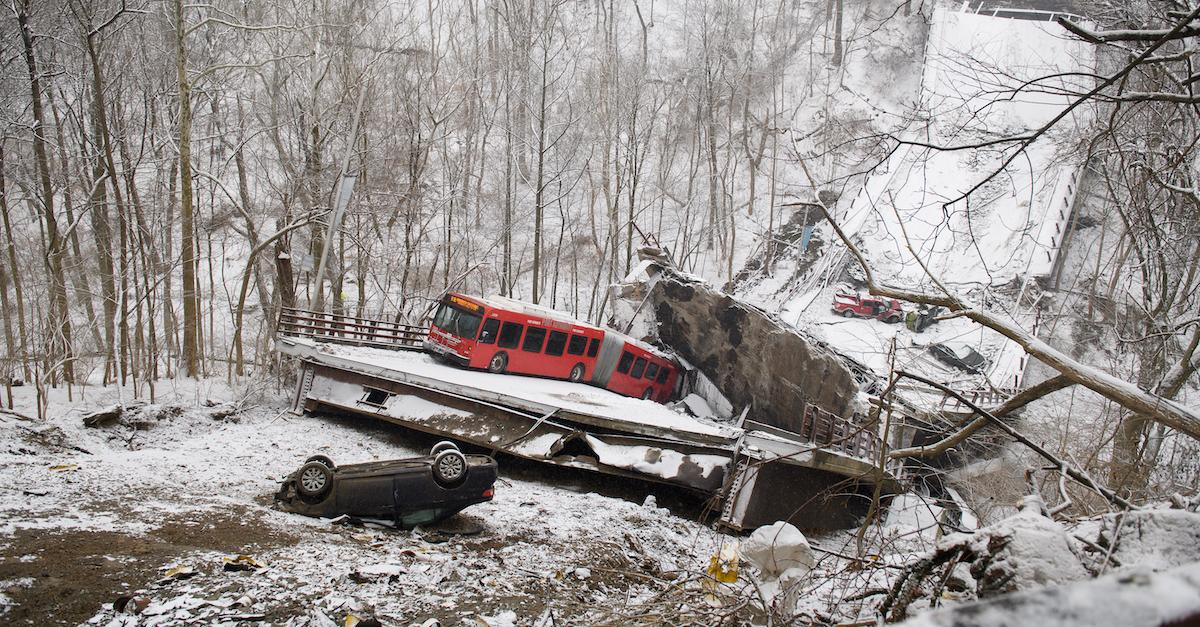
With Strange Timing, Pittsburgh Bridge Collapses Hours Before Infrastructure Meeting
A bridge in Pittsburgh's Frick park collapsed before a presidential infrastructure meeting, reiterating the importance of sustainable development.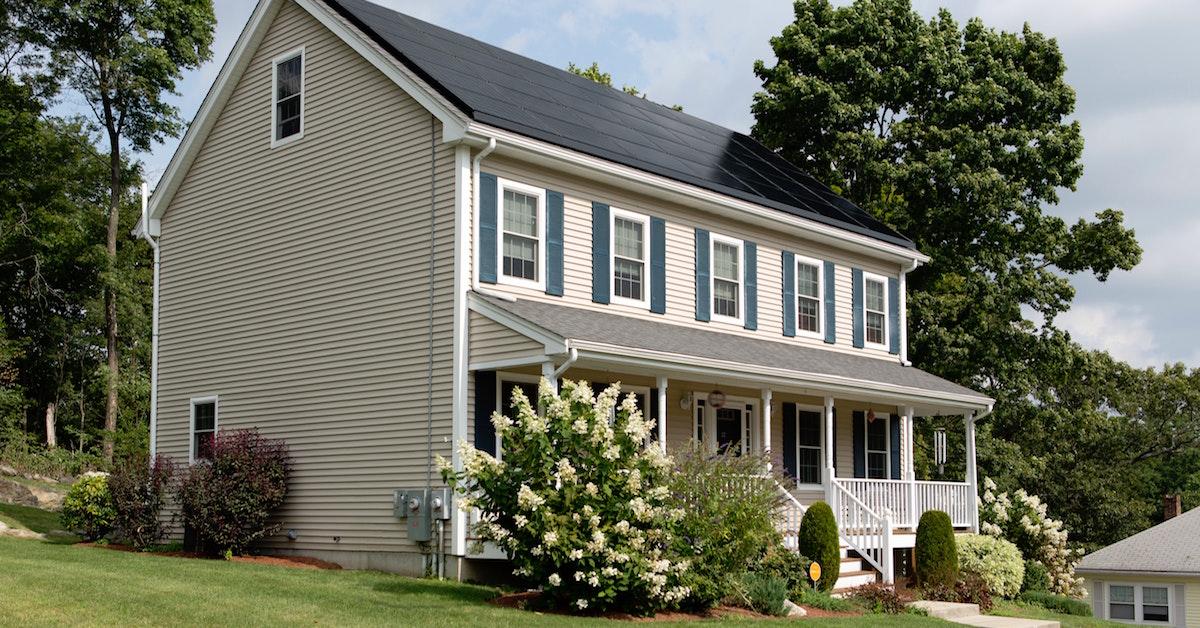
How to Get Started Building the Eco-Friendly House of Your Dreams
Building an eco-friendly home starts with understanding what aspects of a modern home can be environmentally-friendly.
Do Tiny Homes Appreciate in Value?
Tiny homes may not be as big or expensive as a conventional home, but there are instances where even they appreciate in value.
If You’re Looking for a Tiny House Village Near You, Look No Further
Tiny house villages are a great way for like-minded individuals to bond and support one another, but how does one go about locating one?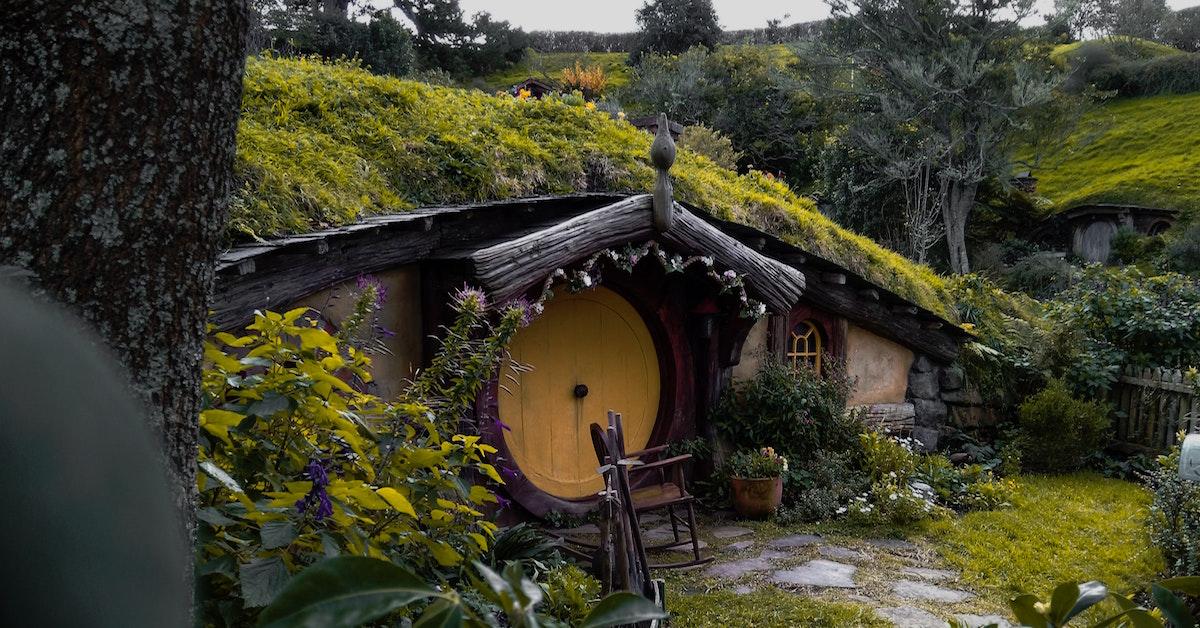
These Eco-Friendly Hobbit Homes Are a Whimsical Way to Live Low-Impact
Hobbit homes are the newest, most whimsical way to be eco-friendly, but are they closer to fantasy or reality?
College Majors for Eco-Conscious Students Looking to Save the Planet After Graduation
If you're planning to save the planet after graduation, consider opting into one of these college majors that relate to the environment.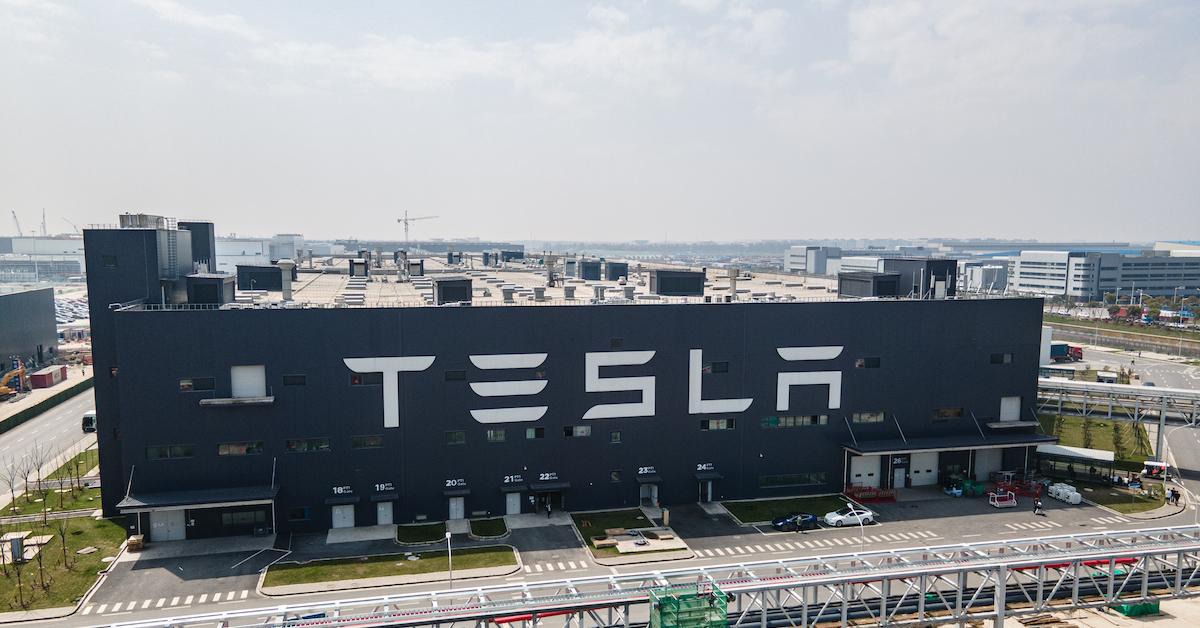
Tesla's Lawsuit in Berlin Was Dropped — but Here's Why It Started
Tesla's factory just outside of Berlin went through a major lawsuit that was eventually dropped — here's everything you need to know about it.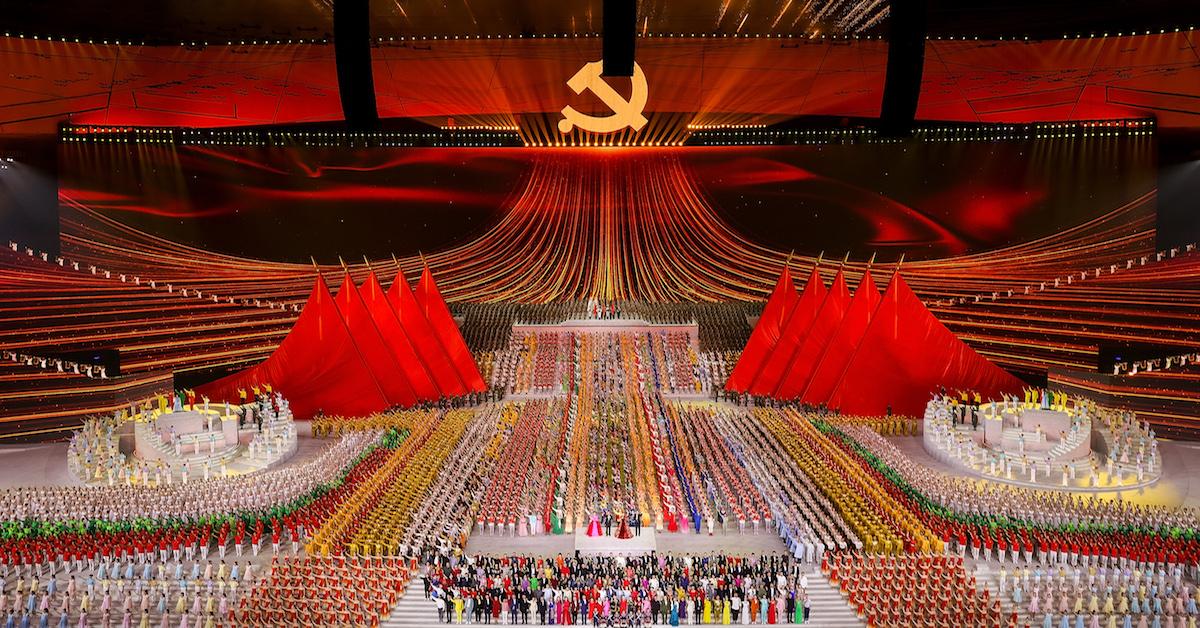
Olympic Stadiums: What Happens to Them When the Games Are Over?
When the Olympic Games are over and done with, what happens to the stadiums and villages that were built specifically to host them?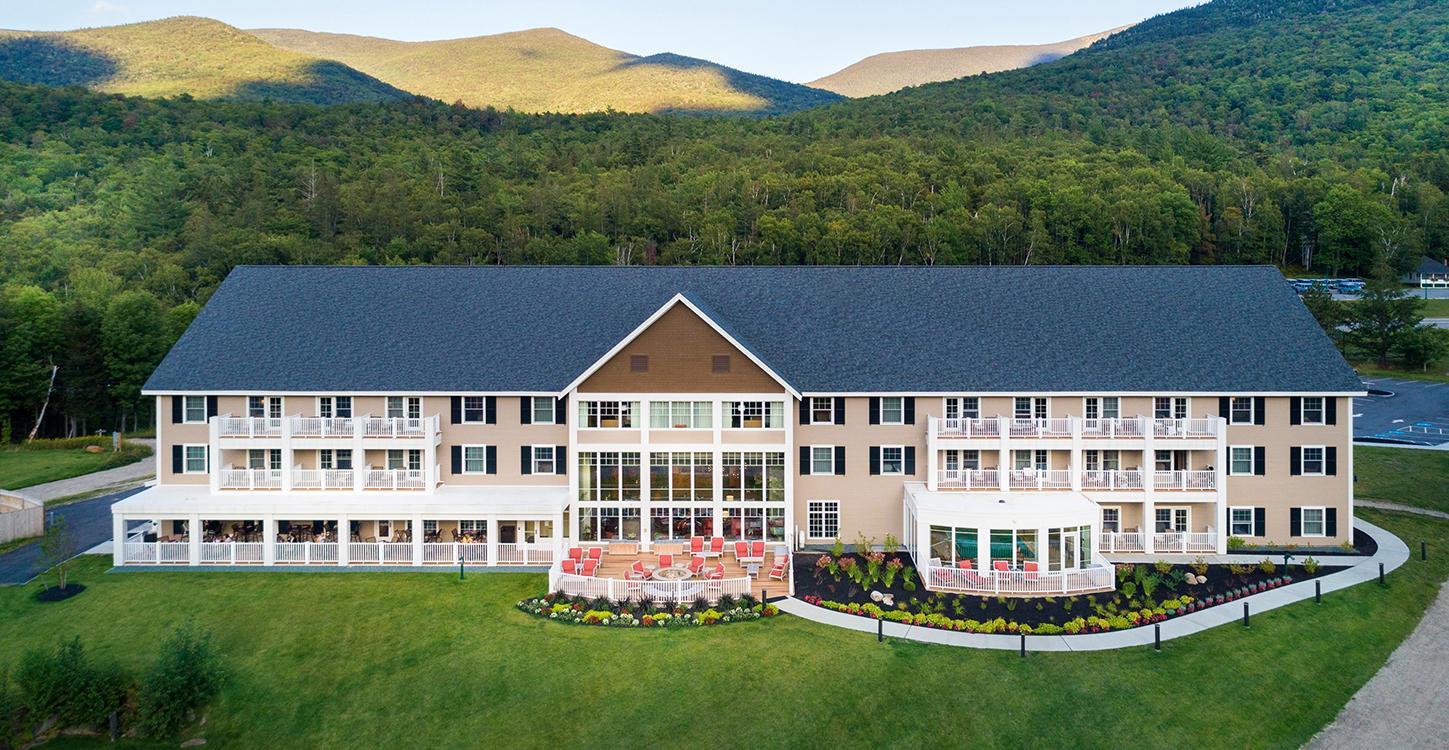
This New England Hotel Is One of the Most Sustainable in the Country (Exclusive)
On behalf of Chevrolet, I stayed in one of the most sustainable hotels across the country, and spoke to the hospitality manager about its practices.
Sustainability at the Tokyo Olympics: A Look Into the Recycled Medals, Podiums, and Eco Initiatives
The Tokyo Olympics have a number of sustainability initiatives.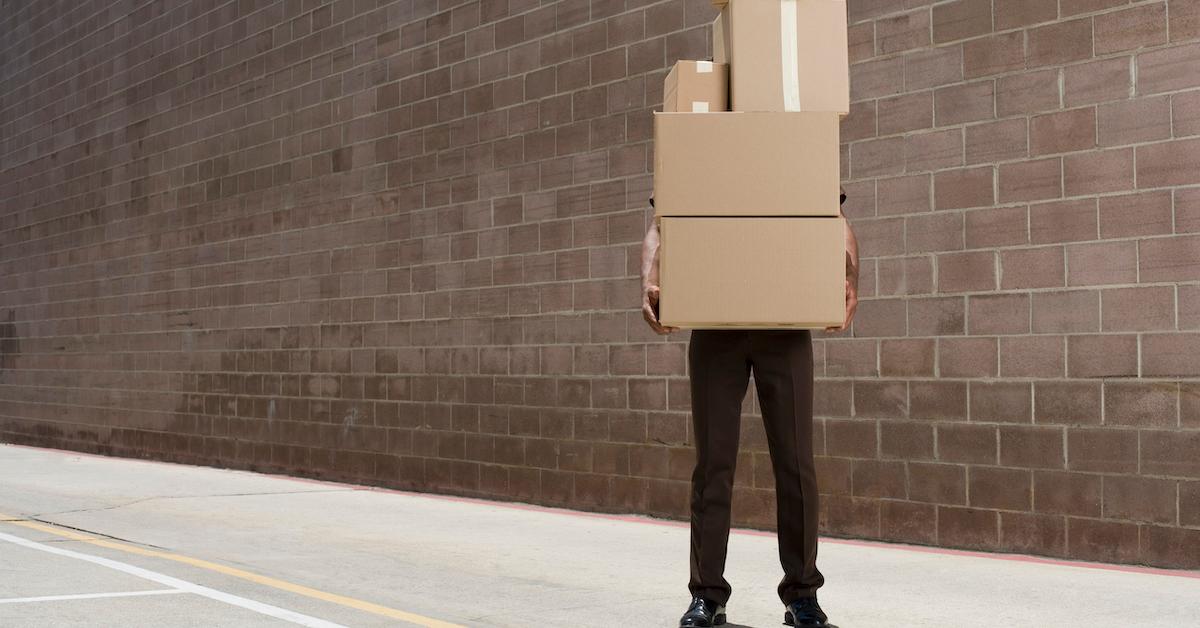
Sustainable Shipping Options to Lower Your Small Business' Environmental Impact
Packaging and shipping can raise a business' environmental impact, but these sustainable shipping options will vastly improve your small business.
Bamboo: Is It As Eco-Friendly As Everyone Seems to Think?
Bamboo has been steadily gaining popularity as a sustainable textile and building material, but is bamboo actually eco-friendly, or is it greenwashing?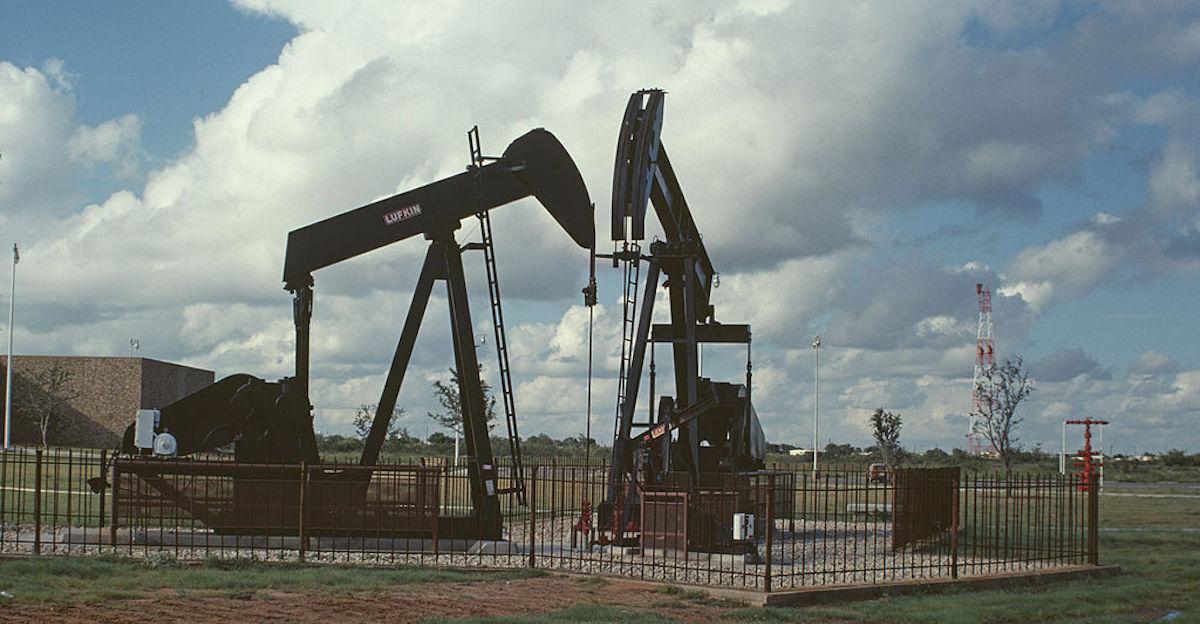
California Gov. Gavin Newsom Expresses Support to Ban Fracking
Is the state of California officially going to impose a fracking ban? A new bill was recently proposed, that could completely ban drilling by 2027.
This Startup is 3D-Printing Wood Made From Upcycled Sawdust (Exclusive)
Forust that is 3D printing wood by upcycling sawdust and other byproducts from the wood industry that would otherwise be considered waste.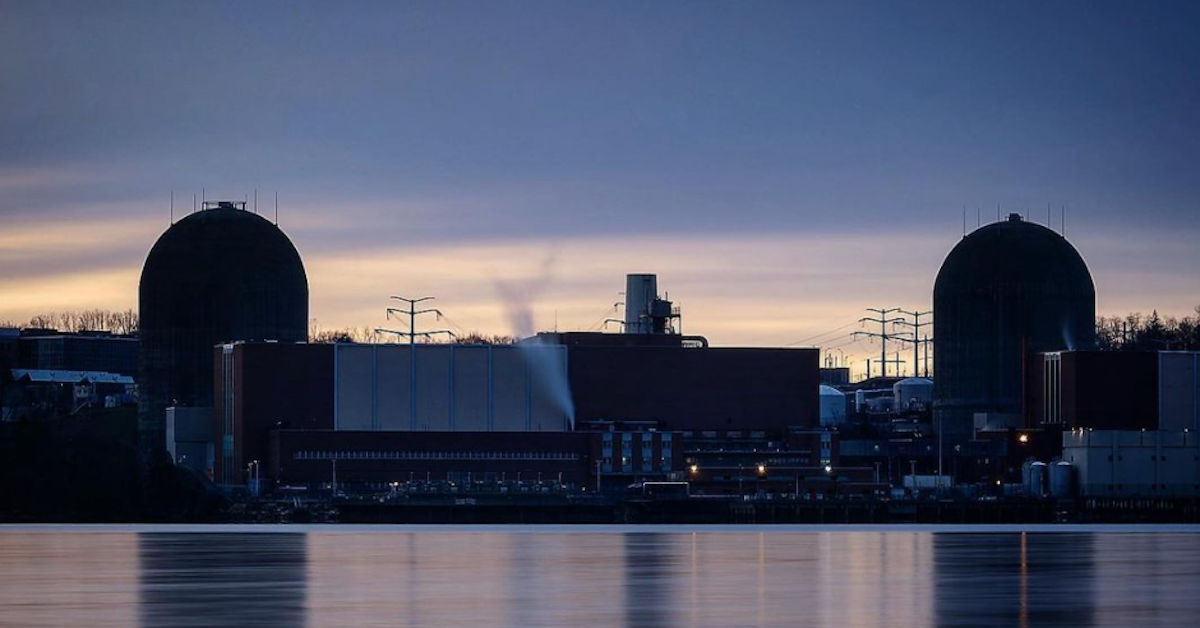
New York Power Plant, Indian Point, Shuts Down — Will This Help or Hurt the Environment?
A major power plant in New York called Indian Point has shut its doors after almost 40 years — but is this really the answer to lower emissions?
Tiny Homes Aren't Legal in Every State — Here's Why
Tiny homes may be one of the best ways to simplify your living situation, but did you know that they aren’t allowed in every U.S. state?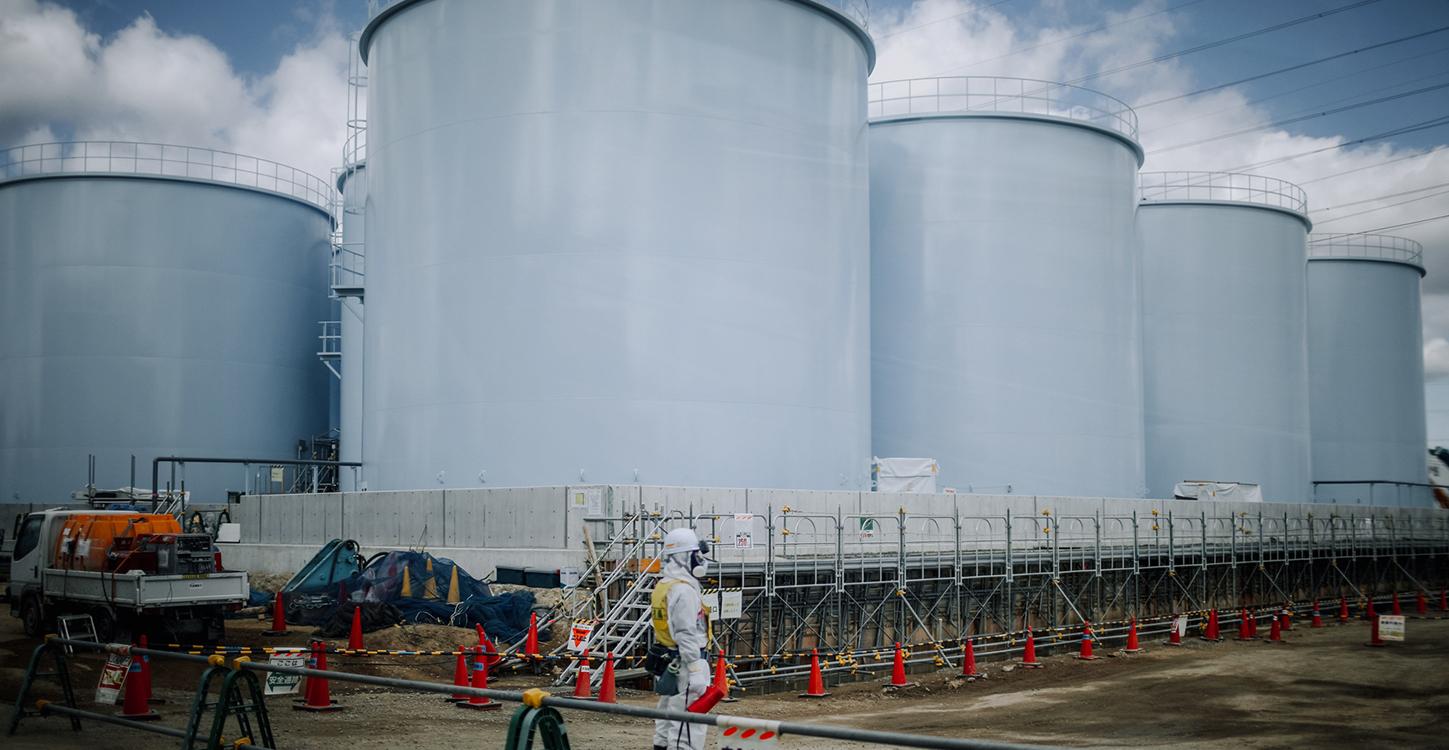
Fukushima: About the 2011 Nuclear Disaster, Updates, and More
Japan's Fukushima power plant was destroyed in 2011 after a tsunami hit, and its wastewater is about to be rereleased into surrounding waters.
We Can Completely Revitalize the World’s Oceans by 2050, New Study Finds
Oceans could once again flourish in 2050 — if we make the effort.
How Earthships Are Changing the Face of Sustainable Living
Earthships are said to be the new face of sustainable living, but what exactly are they?
How Curitiba, Brazil Became One of the Most Sustainable Cities on Earth
Curitiba is perhaps not as well-known as other Brazilian cities, but it is one of the most sustainable cities in the world.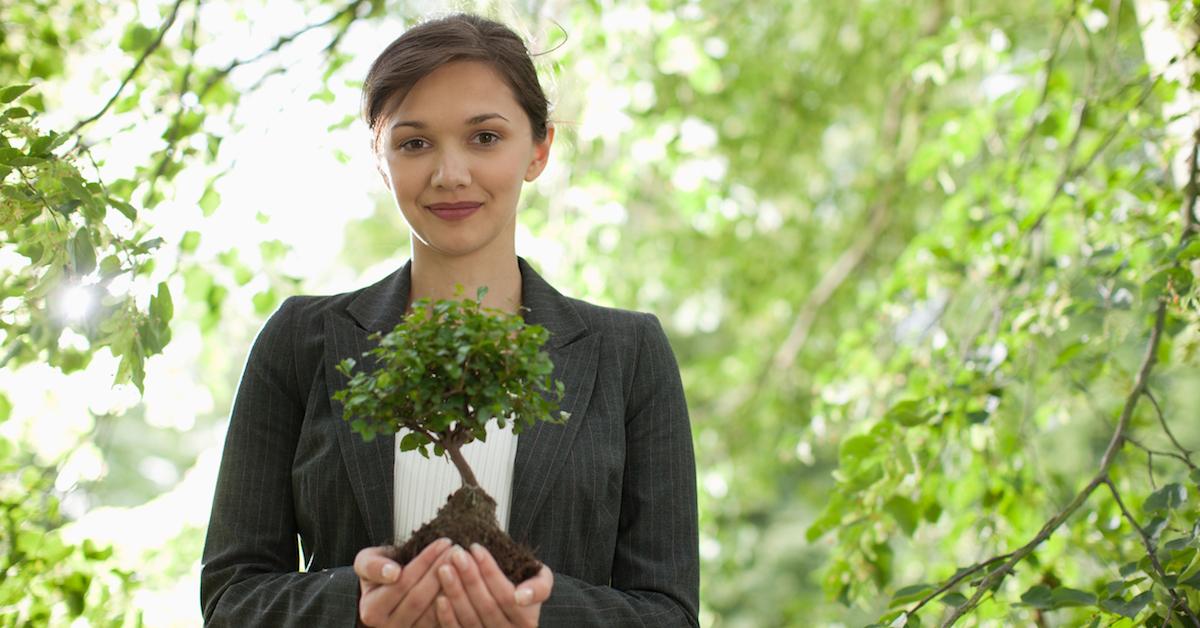
How Eco Consulting Can Help Businesses Be More Sustainable
Eco consulting is a fairly new concept in the world of business and it’s helping wayward corporations become more sustainable.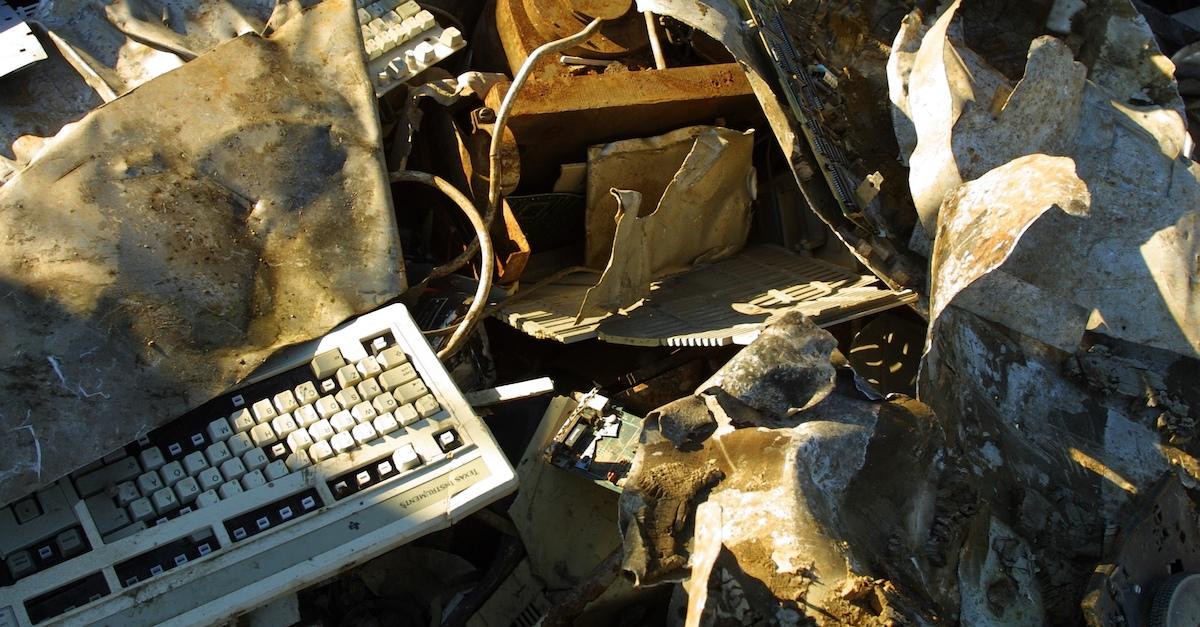
Rwanda Is One of Few Countries to Manage and Regulate E-Waste on a National Level
The e-waste problem is a continuous issue, and has gotten increasingly worse — but Rwanda's combatting efforts have been incredibly practical.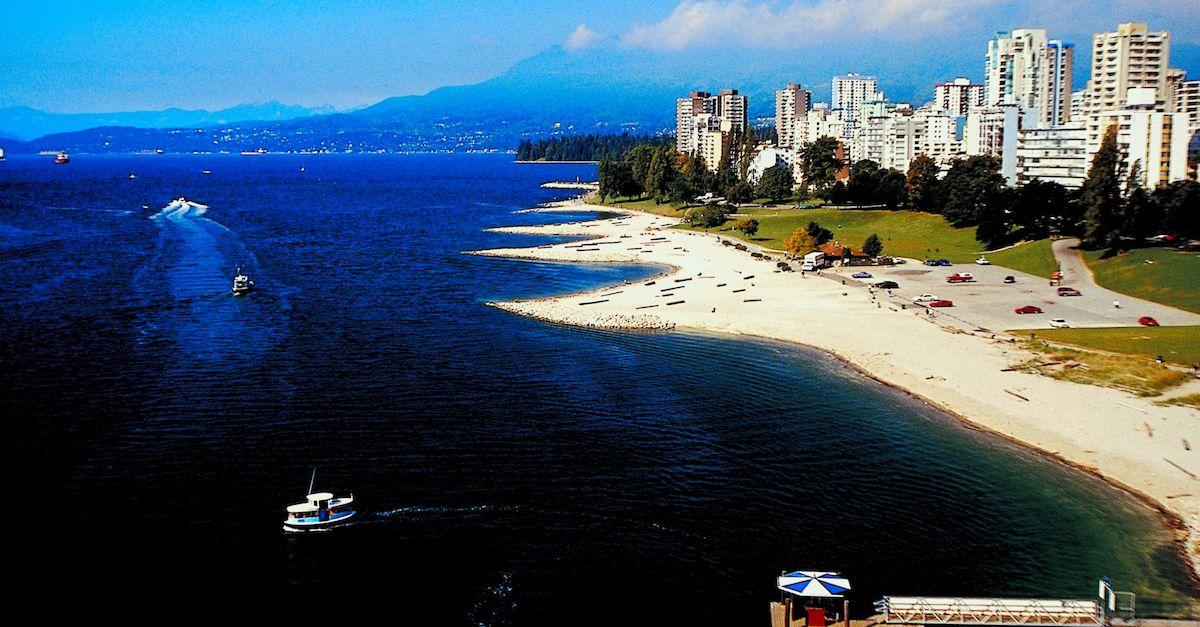
How Vancouver, B.C. Is Combatting the Housing Crisis With Tiny Townhouses
How is Vancouver helping its homeless population? A builder in the B.C. Canadian metropolis proposed to house those in need with tiny townhouses.
Is the North Brooklyn Pipeline Officially Shut Down? Mayor de Blasio Speaks Out
New York City Mayor, Bill de Blasio, has spoken out against the North Brooklyn Pipeline project, criticizing National Grid. But is the fight over?
4 Young Climate Activists on Intersectionality in Climate Justice, Fighting From Home, and More
In honor of Earth Day, we interviewed four young women fighting for climate justice.
Airlines Must Fly Certain Routes — Even Without Passengers — to Qualify for Bailout Money
Stipulations for the airline bailouts have flights flying without any passengers on board.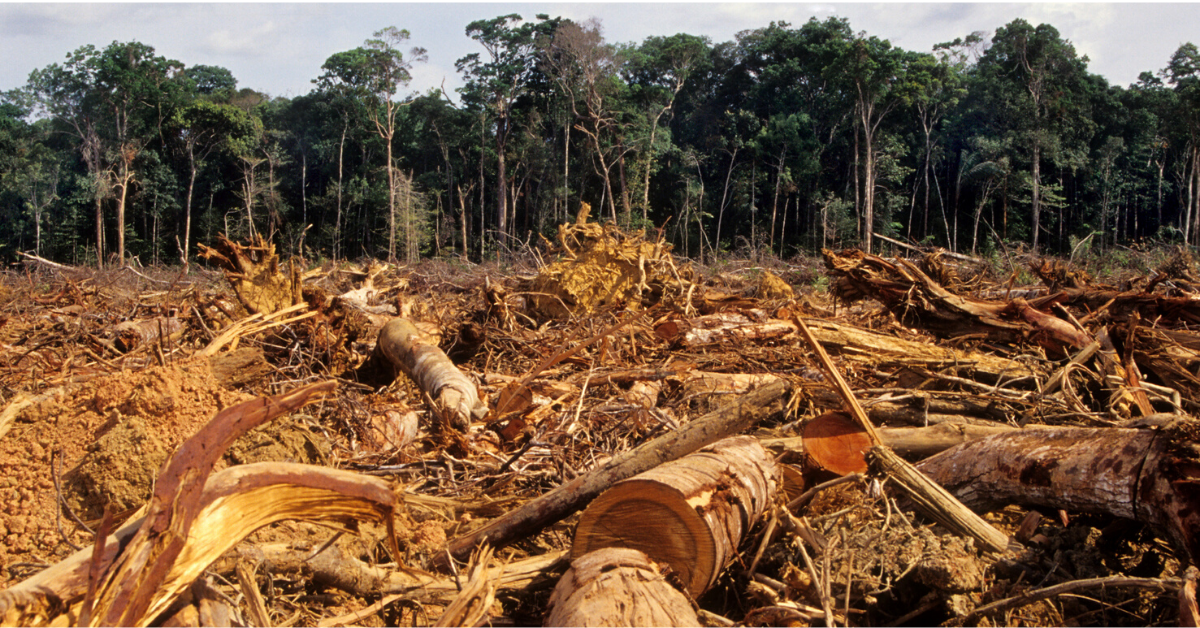
Wondering Why Deforestation Is Such a Big Deal? Here Are the Facts
There’s general knowledge out there that cutting down trees just isn’t good. But why is deforestation a problem, and what is the impact? Find out now.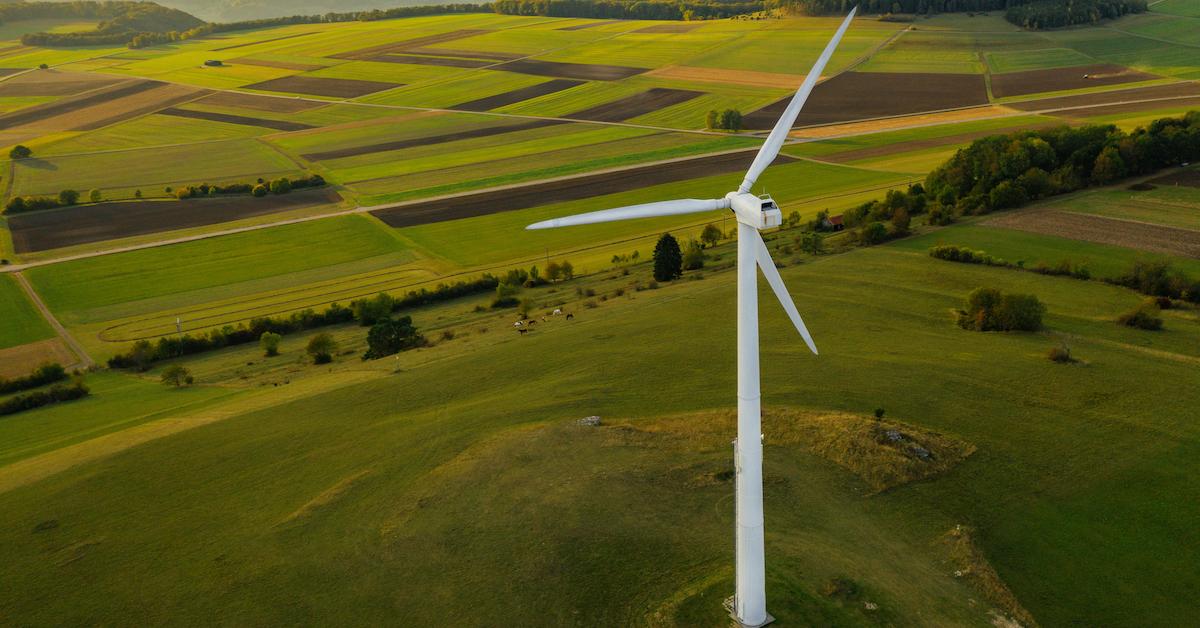
CO2 Power Sector Emissions Significantly Dropped in 2019, Thanks to Slow Shift Away from Coal
Shifting away from coal and towards renewables helped the Earth's CO2 emissions go slightly down in 2019.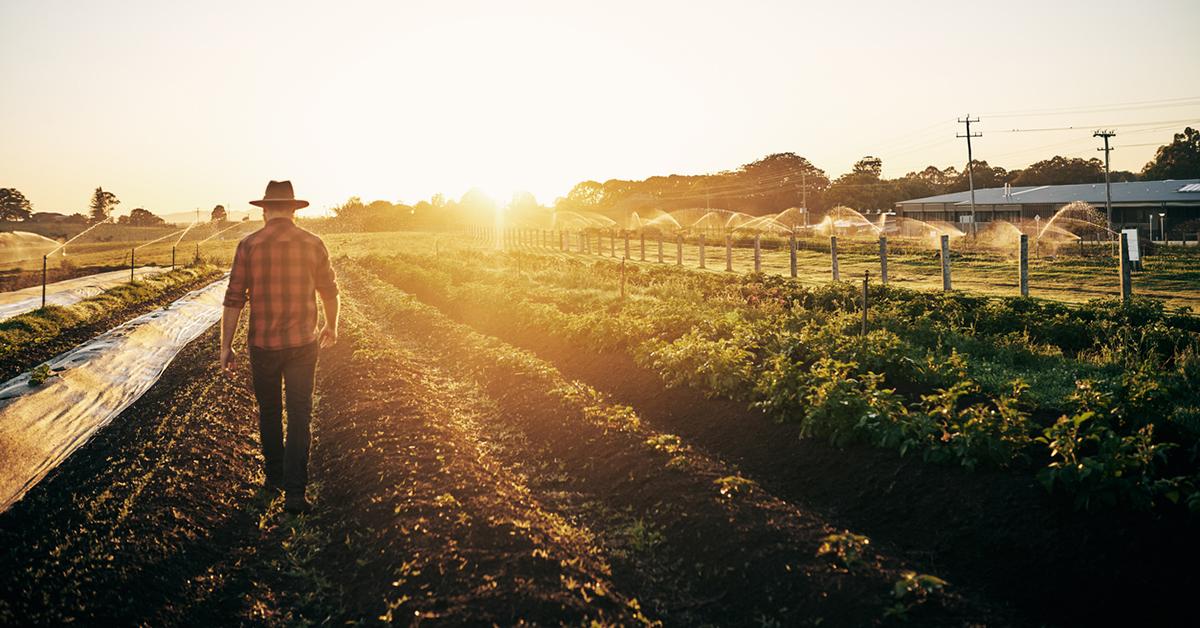
What Are the Sustainable Development Goals of the UN?
The United Nations have many goals for sustainable development — learn about them here.
10 of the Decade's Best Climate Innovations
The 2010s were filled with innovations that are helping our planet.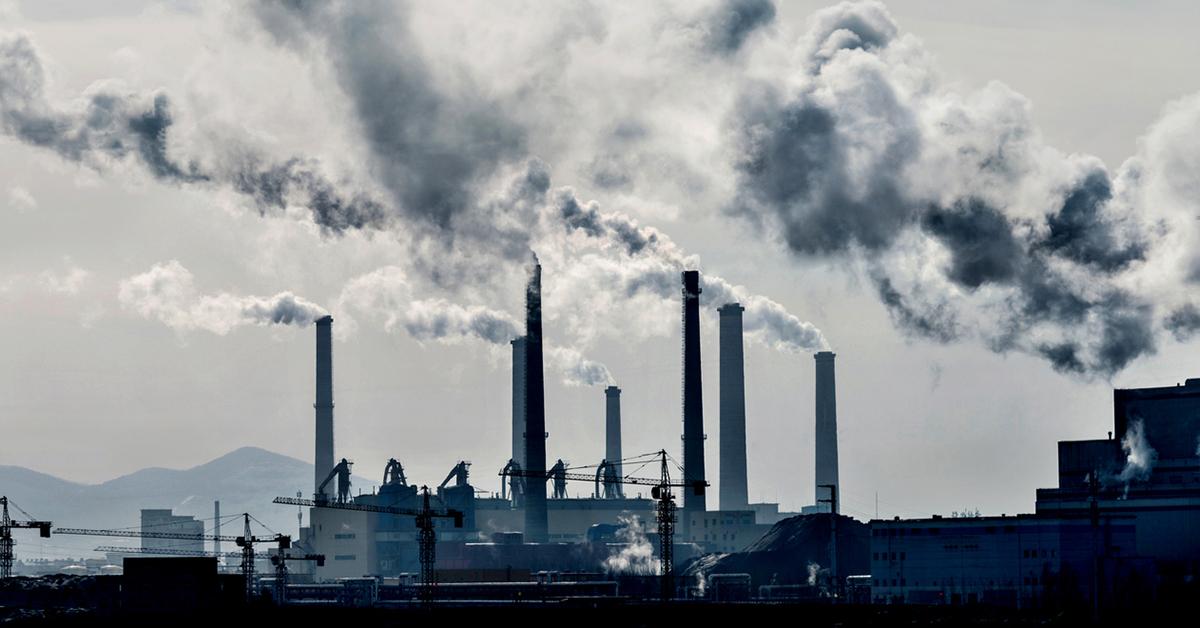
What Are the Effects of Global Warming? A Deep Dive Into Climate Change
Learn about the many frightening effects of climate change and global warming.
Greta Thunberg Has Perfect Response to Brazilian President Calling Her a "Pirralha"
Greta Thunberg had a hilarious response to Brazilian president Jair Bolsonaro calling her a "pirralha."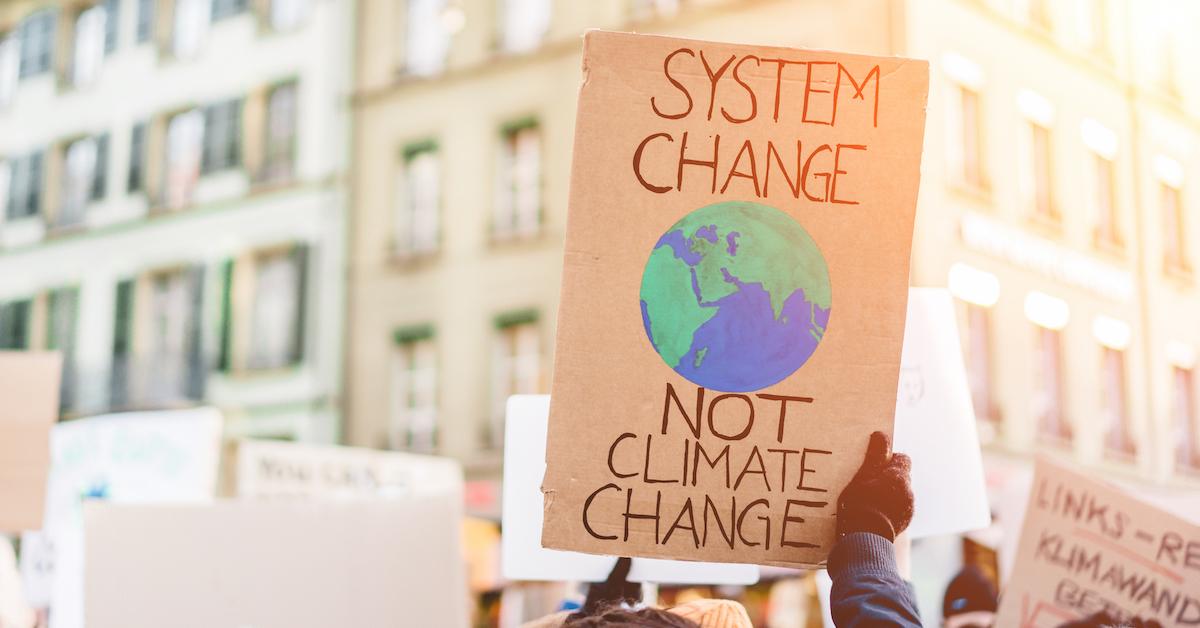
Best Environmental Charities to Donate To
Environmental charities are important to support, if you can afford to donate.
How to Reduce Your Carbon Footprint at Home, At School, and More
Calculating your carbon footprint is a great first step towards reducing it — here are some tips for doing so at home.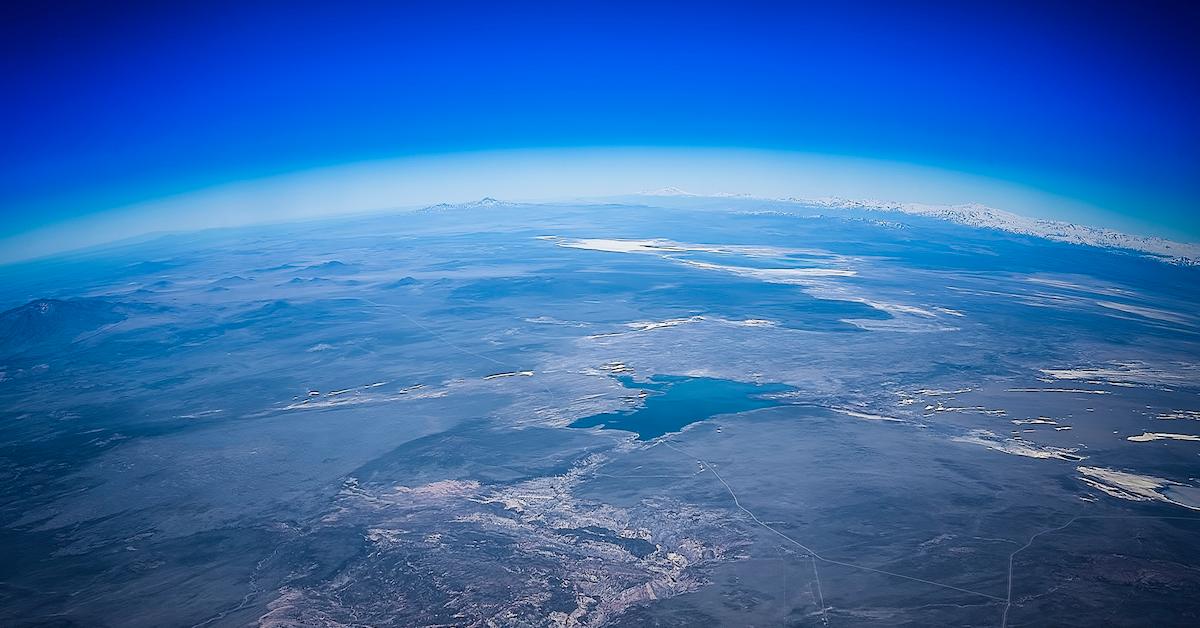
Today Marks the Earliest Earth Overshoot Day in History — Here's How We Can Slow Things Down
Earth Overshoot Day marks the date when our demand for natural resources exceeds our biocapacity — here's what you ca ndo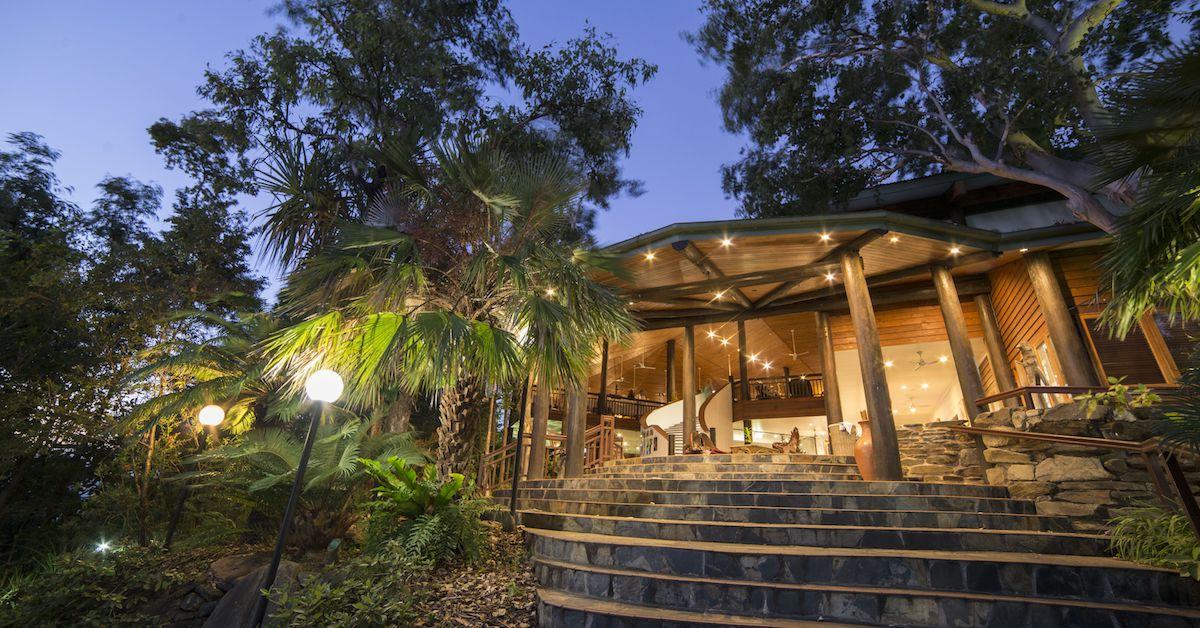
5 Breathtaking Eco-Friendly Hotels and Resorts From Around the World
Some of the world's most eco-friendly hotels are also incredibly gorgeous.